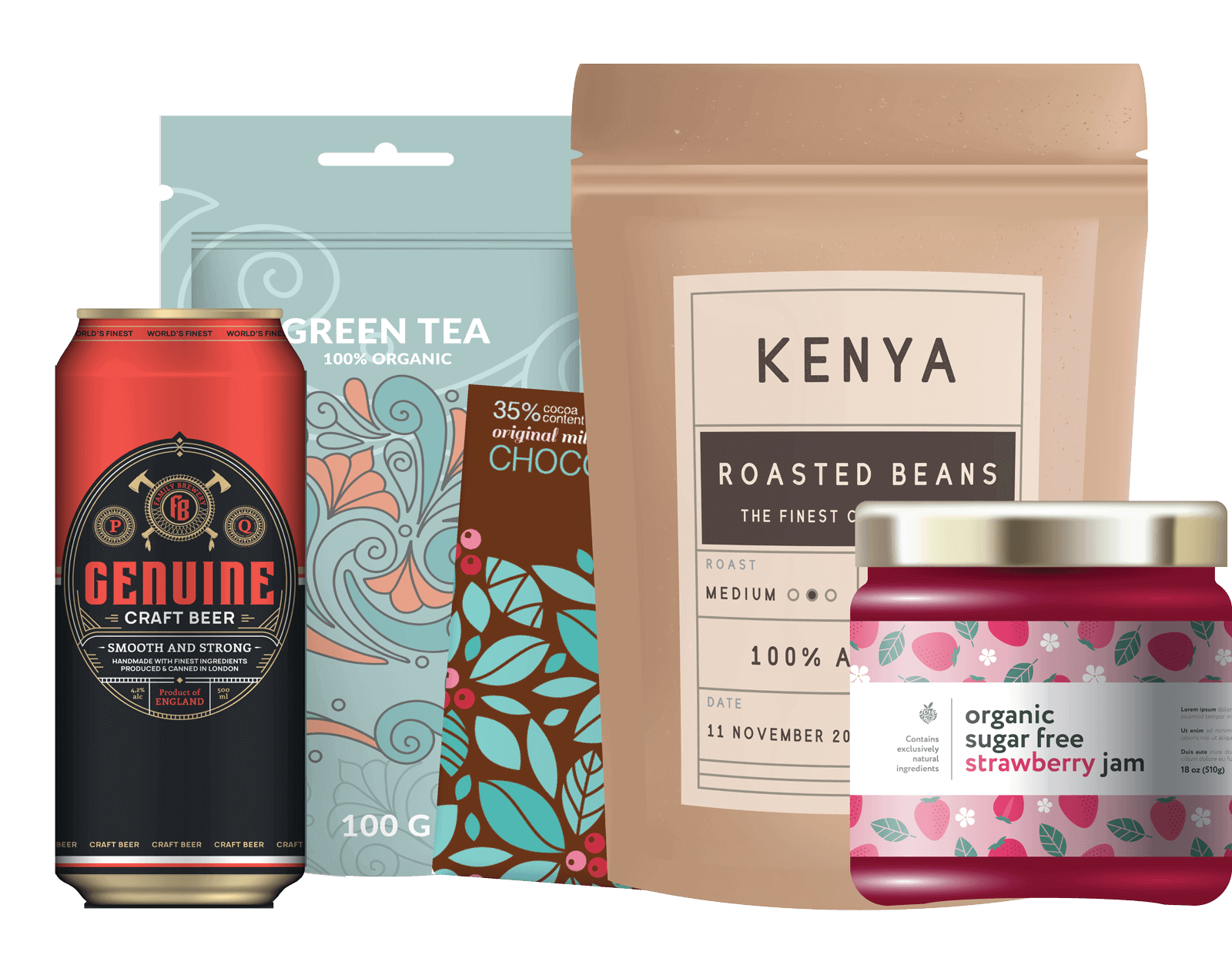Top Bottle Manufacturer for Bottles and Jars
There is an increasing need for environmentally friendly packaging to be developed by the top bottle manufacturers. When you consider how much packaging is used with bottles and jars, it becomes obvious that the bottle manufacturers must be cognizant of many issues when developing a product for marketing.
A Case Study
For example, let’s think about hair products. What hair products would need bottles for their packaging needs? As a minimum:
- Shampoo
- Conditioner
- Hairspray
- Gels
- Mousse
First, a bottle manufacturer must consider what a bottle is going to be used for. Shampoo bottles would be different than, say, a jar of gel. A no-brainer, but…
Imagine you are a bottle manufacturer coming out with a new line of hair products. Sure, you want to have the right bottle to do the job, but you also want it to be unique and eye-catching. Putting the shampoo and the conditioner in similar bottles will make it easy to do a design that is cohesive.
But the bottles and jars for gels and mousse are shaped completely different from the shampoo bottle. The bottle manufacturer still needs product identification so that when someone is looking down the aisle, you pick up their shampoo, they you pick up their conditioner, and when you move further down the aisle to the hairspray, gel or mouse, the bottle manufacturer wants you to be able to easily identify with their other products. But it’s not all “cosmetics.”
Every designer has been raised on the mantra of “form, fit and function.” In the total scheme of things, cosmetics, the look of your product, is last.
Form, Fit and Function
What does “form, fit and function” mean, and why would it be important? “Form” is nothing more than the shape of an item, which is paramount. It needs to be able to hold a product comfortably. It should never slip out of your hand because it was too small, or too big, or slippery. The big box-stores often carry ultra-large sizes of products, and sometimes those ultra-large sizes are just plain cumbersome. There is one shampoo that I buy that is also available in the big-box stores, and I first thought “Great! Look how much money I’ll save on this!” But the bottle was too big to handle comfortably. It was too big to fit on the shelves in my shower. I couldn’t wait to get rid of that bottle, and I’ll never buy it again. (If I had been smart, I would have filled up my older bottle, but it had already been thrown out.)
There’s a bit of overlap between form and fit. Obviously one of the problems I had with the ultra-large shampoo had to do with “form,” as well, as well as fit – it was too big to be comfortable to use. But “fit” goes beyond the size of a bottle. You must carefully select a bottle or jar that accommodates your product. Would you package a jar of mayonnaise in a tall narrow-necked bottle? Or a pint of maple syrup in a wide-mouth jar? No matter how eye-appealing a container is, it has to be appropriate for the product.
And the last part is “function.” That’s already been addressed to some extent, especially in “fit,” but it has it’s own characteristics as well. It also is a matter of what you are packaging. Pickles have to go in a wide-mouthed jar, as does marmalade. Some things can go in either – salsa can be packaged in a tall bottle, if it’s squeezable. Mustard, too, and you will see both types of containers on the grocery shelf.
So when a new product is being developed, a top bottling manufacture must think about what would be most comfortable for the consumer, because – ultimately they’re the ones you are appealing to.




